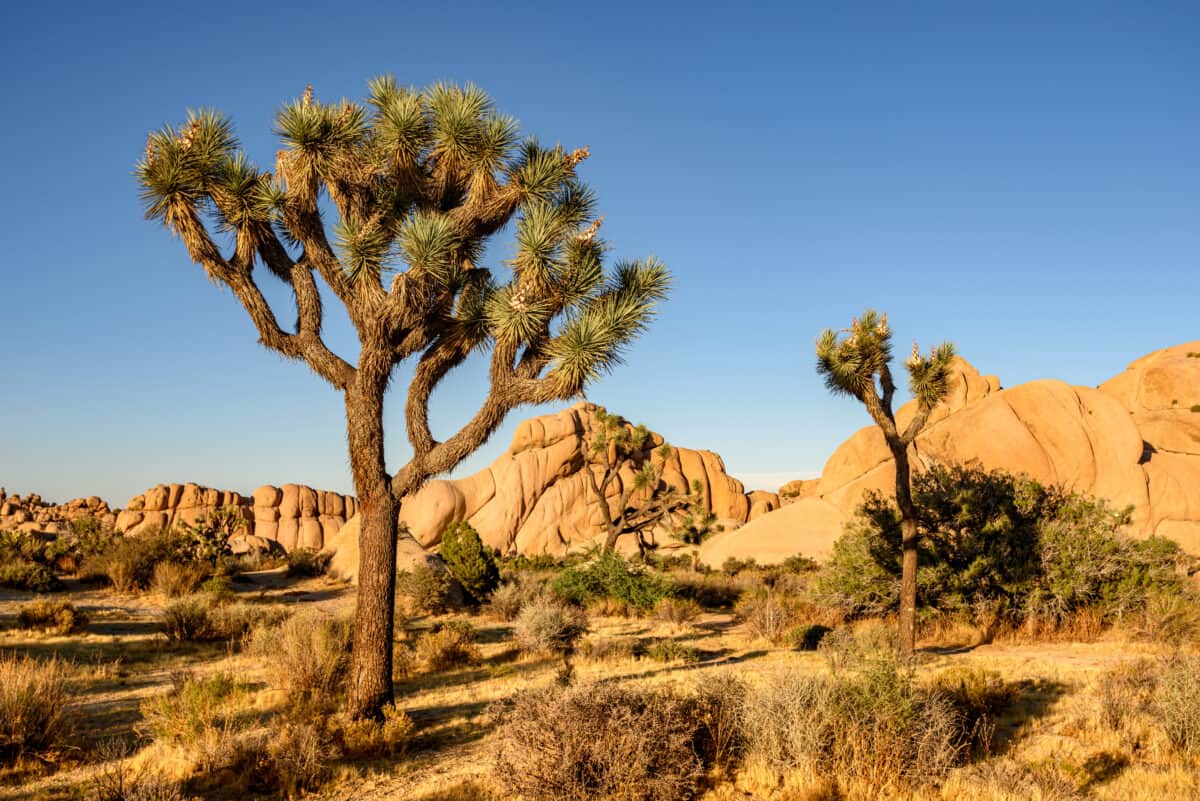The Mojave Desert is often associated with vast stretches of arid land and searing temperatures, making it seem inhospitable at first glance. However, beyond its rugged exterior lies a vibrant and crucial ecosystem that supports a rich diversity of wildlife. This unique desert environment plays an essential role in preserving biological diversity and ensuring ecological balance. In this article, we’ll explore the reasons why the Mojave Desert is so crucial for American wildlife, uncovering the many roles it plays in nurturing and sustaining life.
Introduction to the Mojave Desert
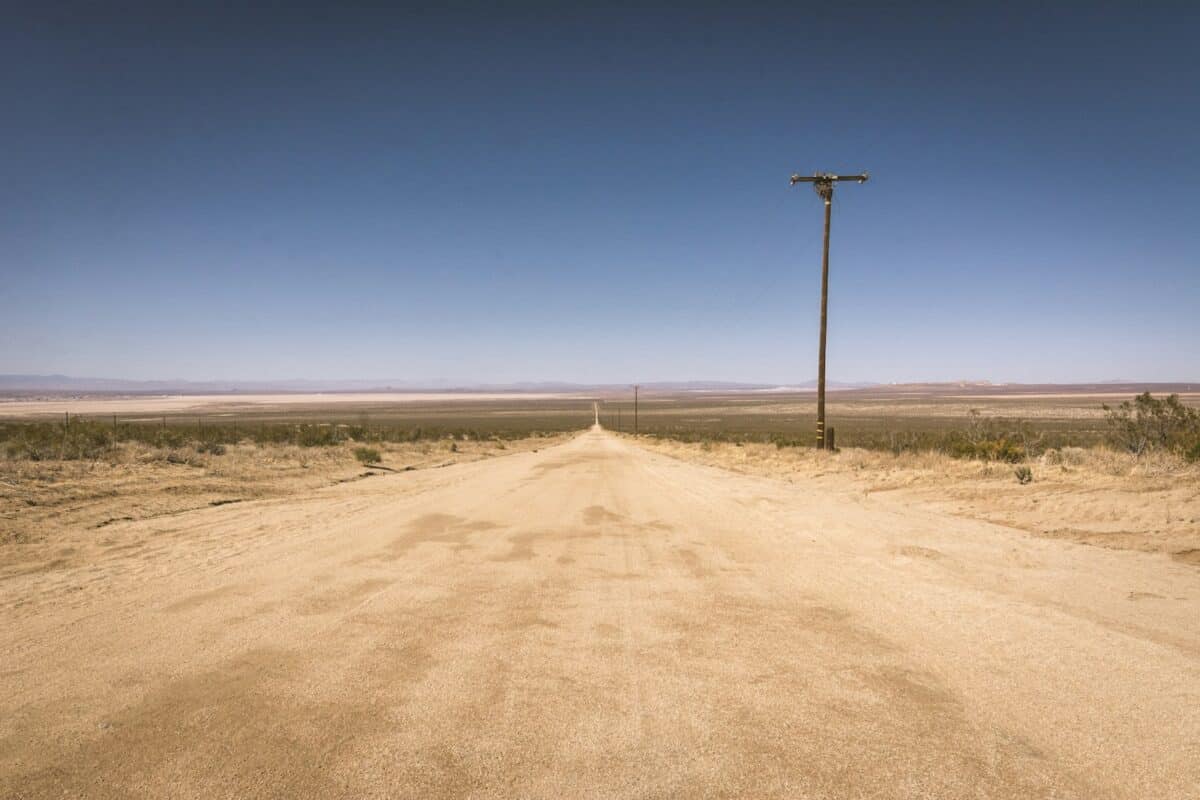
The Mojave Desert spans approximately 47,000 square miles across California, Nevada, Utah, and Arizona, making it one of the most iconic desert regions in the United States. It is characterized by its unique geological formations, stark beauty, and a climate that challenges life to adapt. Despite this, the Mojave Desert is teeming with life that has remarkably adapted to its harsh conditions.
Biodiversity Hotspot

The Mojave Desert is a biodiversity hotspot, home to numerous species of plants and animals that are found nowhere else on Earth. With over 200 endemic plant species, it plays a critical role in maintaining genetic diversity. Iconic species such as the Joshua tree, which is unique to this region, rely on the desert’s conditions for survival and reproduction.
Unique Fauna of the Mojave

The Mojave Desert supports a variety of wildlife, including mammals, birds, reptiles, and insects that have evolved unique adaptations to thrive in this harsh environment. Species such as the desert tortoise, Mojave rattlesnake, and the endangered kit fox illustrate the remarkable adaptability required to survive the desert landscape.
Adaptations to Extreme Conditions
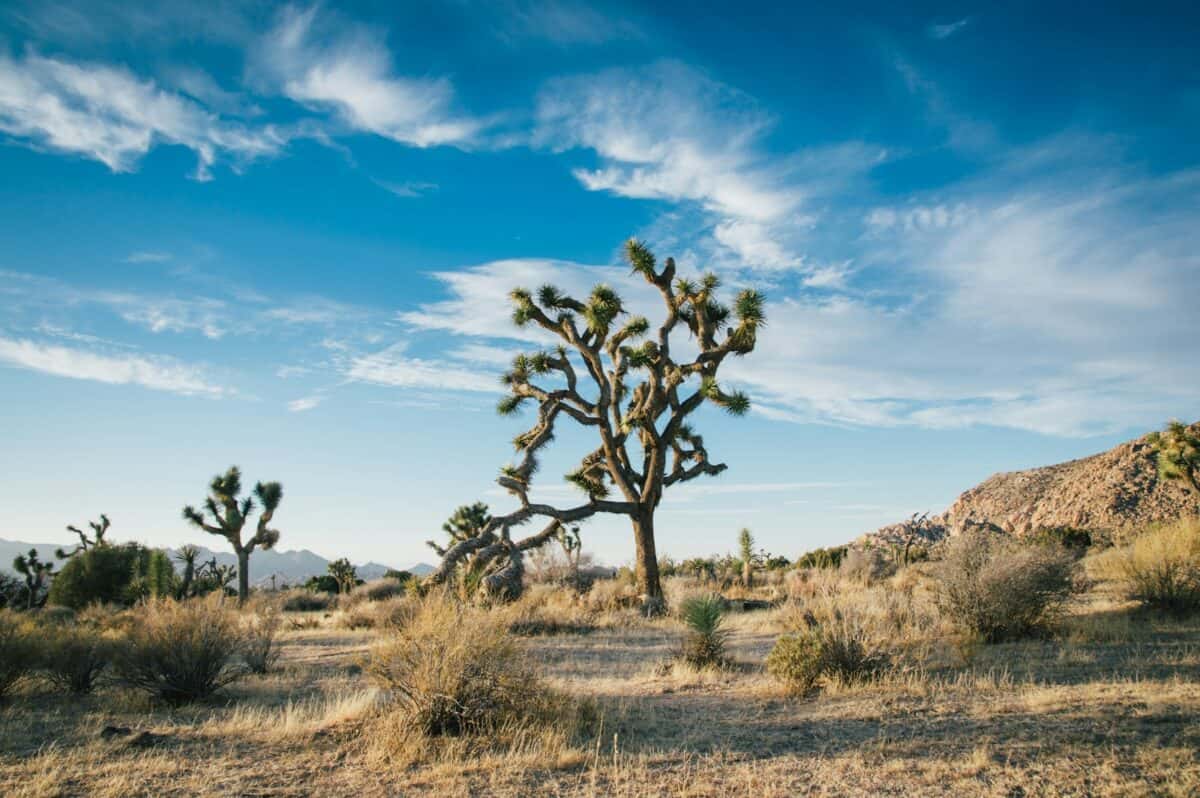
Life in the Mojave requires special adaptations to extreme temperatures and scarce water resources. Many animals are nocturnal, avoiding the heat of the day by being active at night. Others have developed physical adaptations, such as light-colored or reflective skin to minimize heat absorption.
Importance of Water Sources
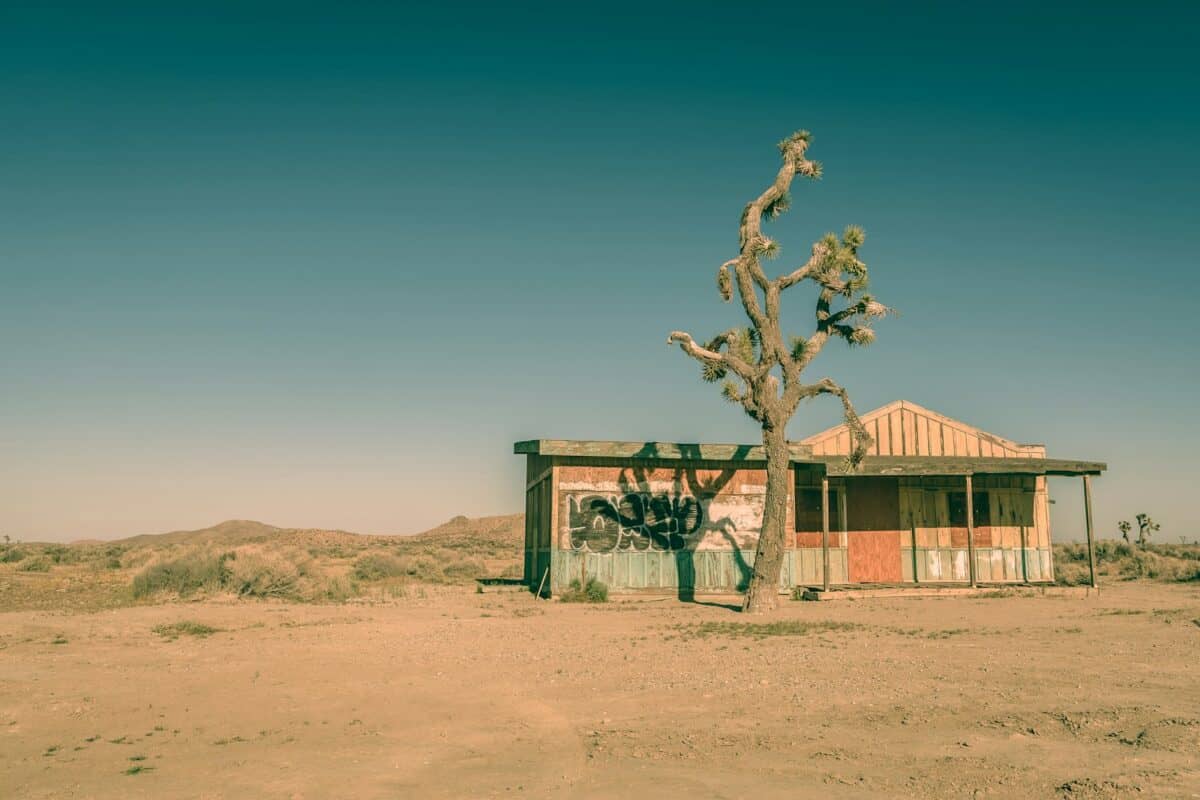
In a desert where water is the most precious resource, even small water sources such as oases, springs, and seasonal streams become vital lifelines for wildlife. These water bodies support complex ecosystems where species congregate, breed, and thrive, maintaining the fragile balance of desert life.
Role of Plant Life
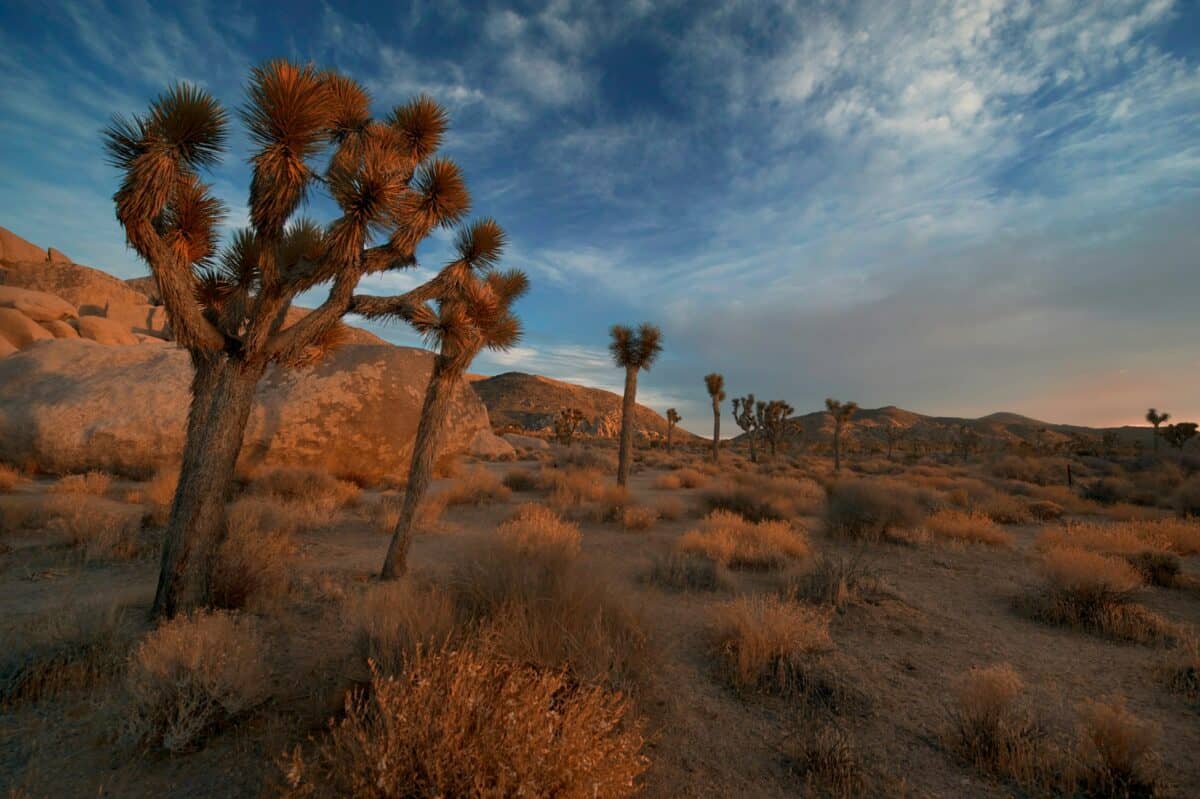
Plants are foundational to the ecosystem, providing food and shelter for myriad creatures. The Mojave Desert’s plants, such as creosote bushes and yuccas, have deep roots and small leaves to minimize water loss, allowing them to survive and sustain the animals relying on them.
Ecosystem Services Provided

The desert offers numerous ecosystem services, including carbon sequestration, soil stabilization, and climate regulation. The unique plants of the Mojave Desert play significant roles in capturing carbon dioxide and preventing soil erosion, thereby supporting life within and beyond the desert.
Migration Corridor
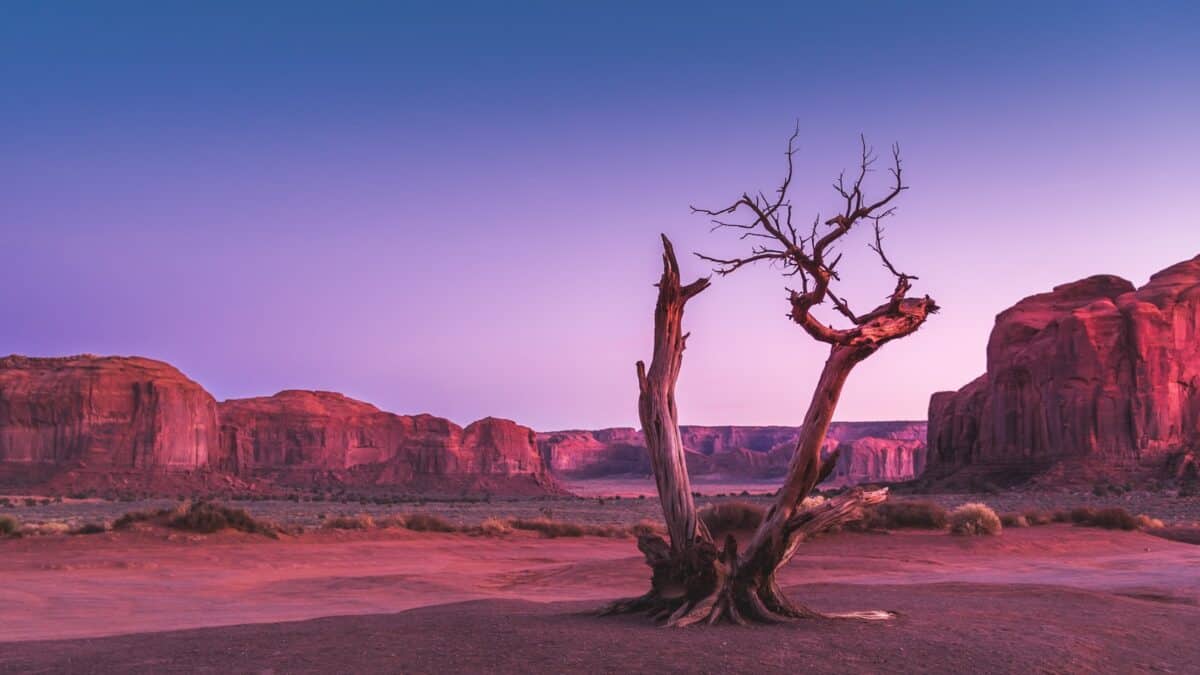
The Mojave Desert acts as an essential migration corridor for numerous bird species that traverse the region during their migratory routes. This connectivity supports genetic diversity and species dispersal across North America, making the desert crucial for migratory patterns.
Human Impact and Conservation
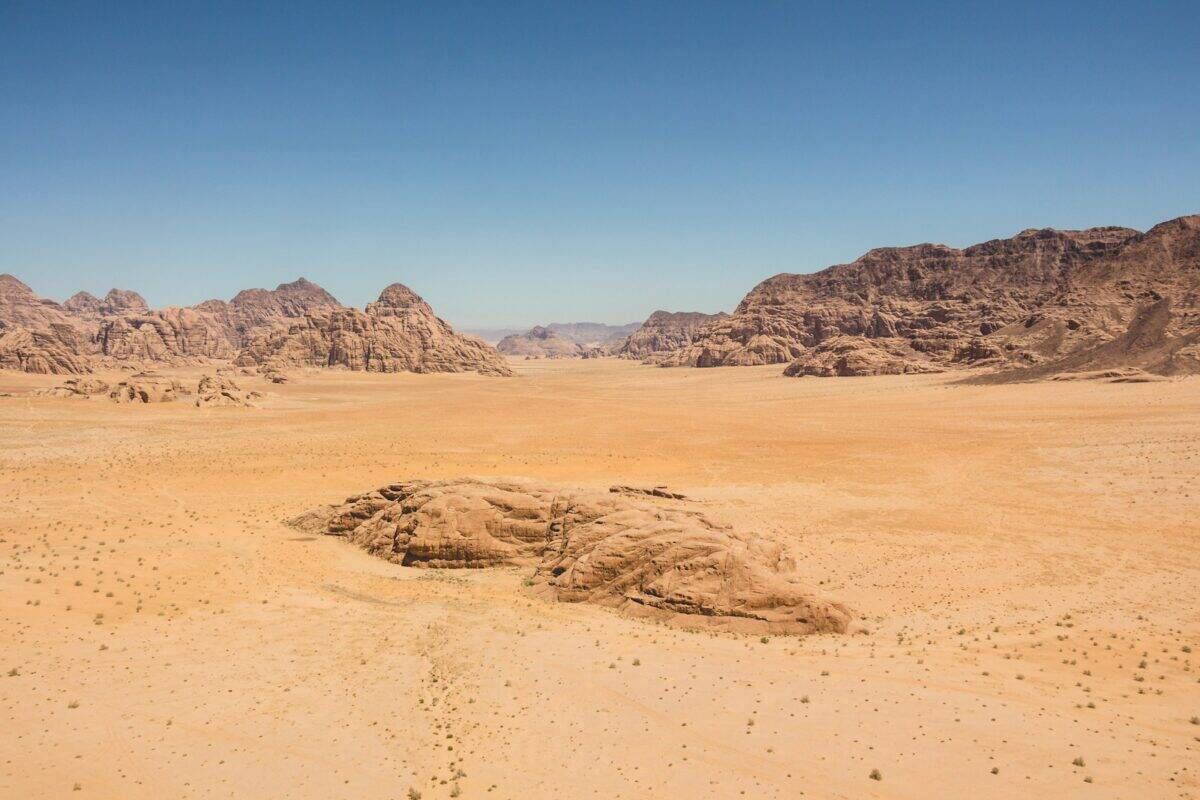
Human activities such as urban development, mining, and off-road recreation pose significant threats to the delicate balance of the desert ecosystem. Conservation efforts are vital for protecting habitats and ensuring the survival of the species that depend on this unique environment.
Protected Areas Within the Mojave
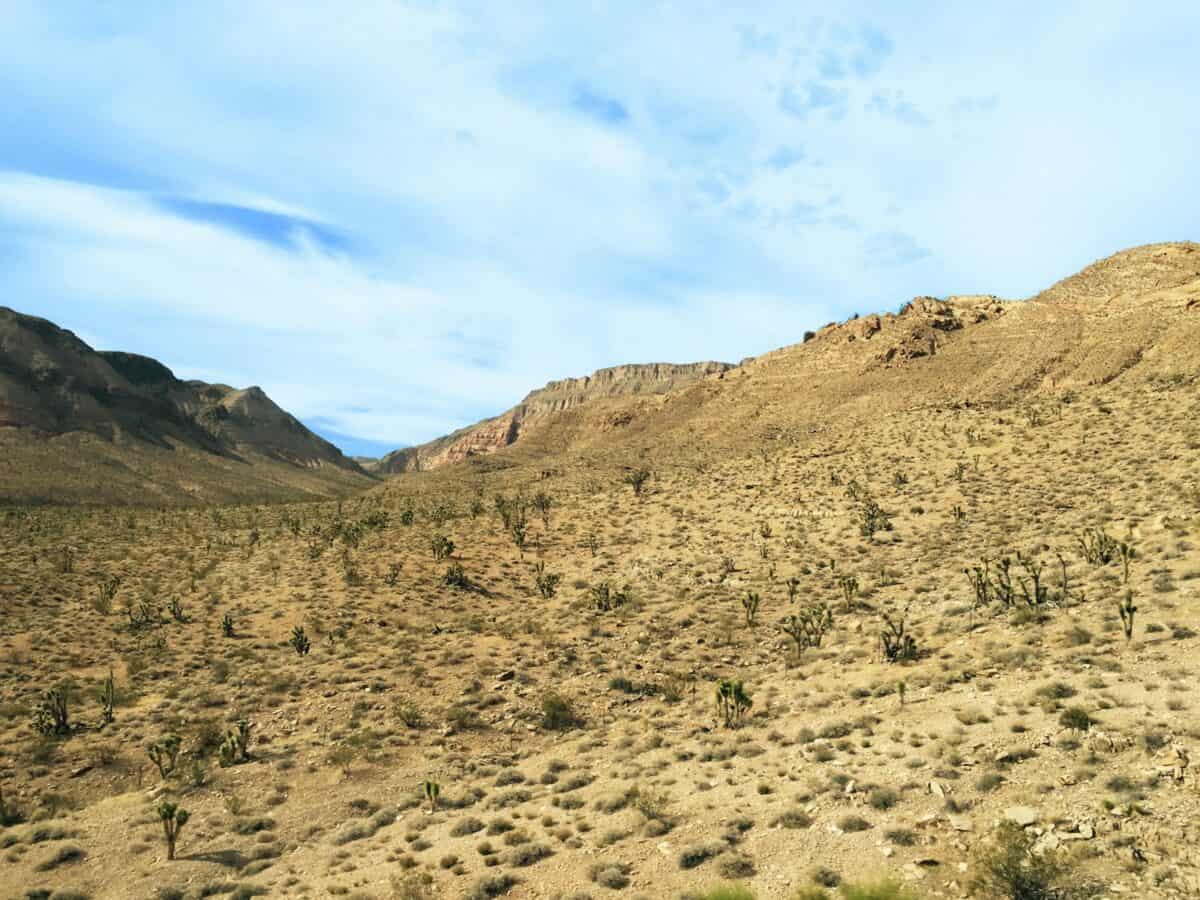
Federal and state agencies have designated several protected areas within the Mojave Desert, such as the Mojave National Preserve and Death Valley National Park. These areas aim to conserve the natural landscape and biodiversity of the region by restricting human impact.
Educational and Scientific Value
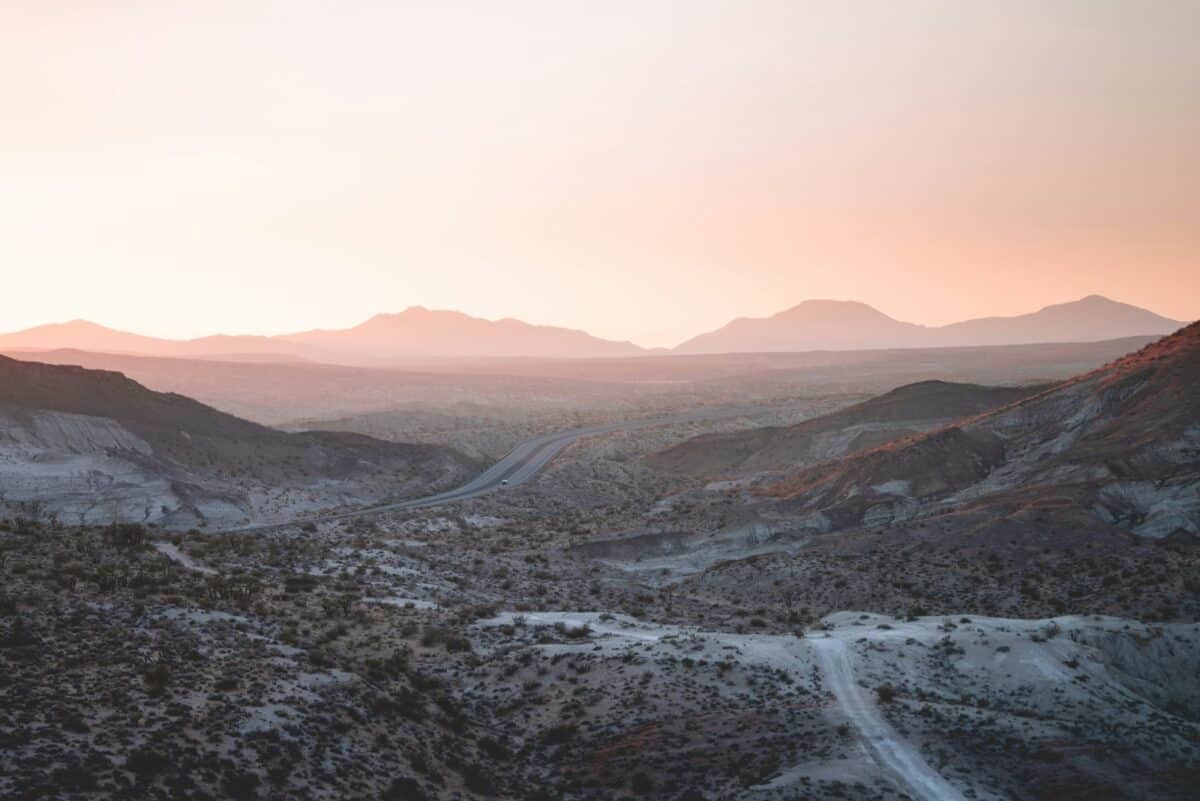
The Mojave Desert serves as an excellent natural laboratory for scientists studying adaptation, climate change, and desert ecosystems. It also provides educational opportunities for visitors to learn about the intricate interdependencies within a desert environment and the importance of conservation.
The Future of the Mojave Desert
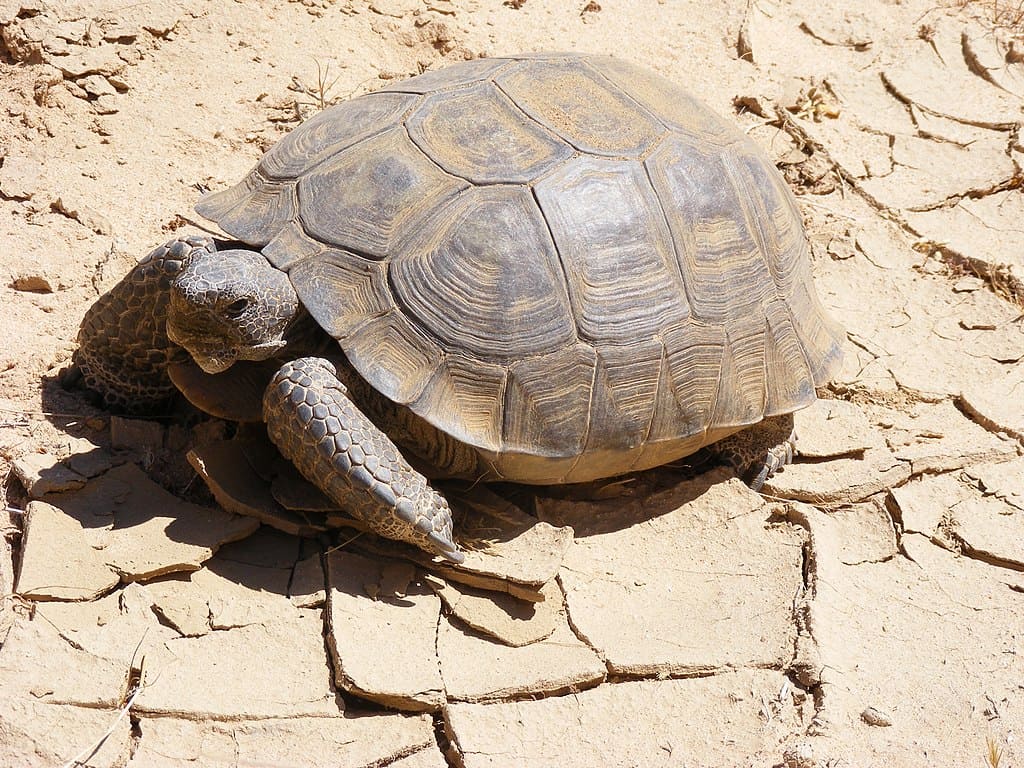
As climate change and human pressures continue to threaten desert ecosystems globally, preserving the Mojave Desert’s unique biodiversity is more critical than ever. Sustainable practices and continued research will be key to ensuring this vital habitat remains a sanctuary for American wildlife.
Conclusion
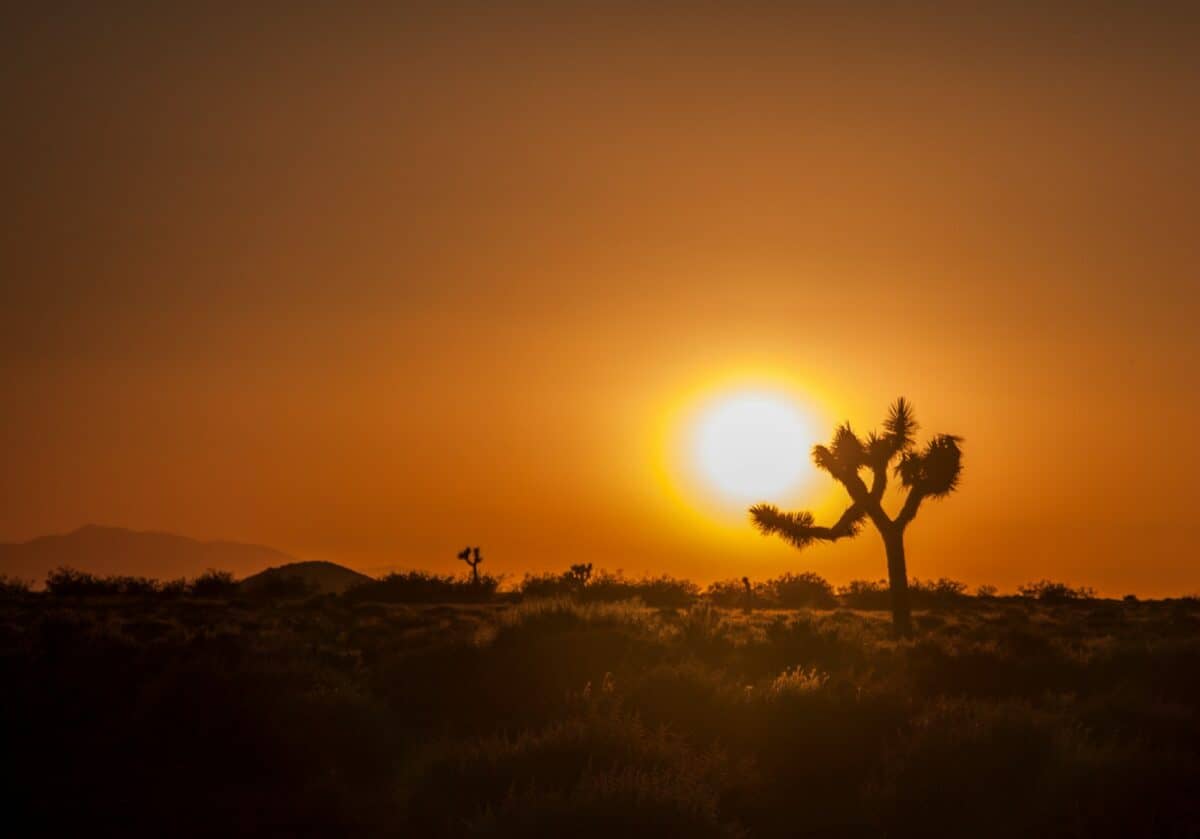
The Mojave Desert, with its unique landscape and biodiversity, plays an indispensable role in the natural world. It serves as a repository of evolutionary adaptations and a keystone in ecological networks. Efforts to protect and understand the Mojave Desert are crucial not only for the wildlife that calls it home but also for the larger ecosystems that rely on its continued health and stability.
- The Largest Wolf Ever Recorded Was the Size of a Pony - August 22, 2025
- This Bird Has the Largest Wingspan of Any Living Creature - August 22, 2025
- The Brightest Supernova Ever Recorded Is Visible Again - August 22, 2025

